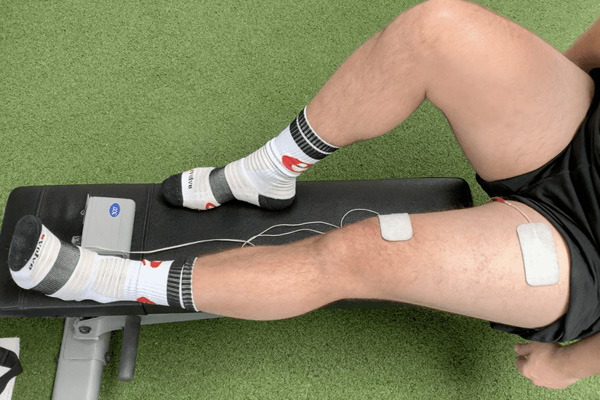
Prehabilitation ("prehab") before ACL surgery is a critical step in optimizing outcomes. It helps reduce swelling, restore range of motion, strengthen surrounding muscles, and mentally prepare for recovery. Here's a detailed guide tailored for athletes:
Goals of ACL Prehabilitation
- Reduce Swelling and Inflammation
- Decrease joint stiffness and pain.
- Restore Range of Motion (ROM)
- Achieve full extension and as much flexion as possible.
- Strengthen Key Muscles
- Build strength in the quadriceps, hamstrings, glutes, and core to support the knee.
- Enhance Balance and Proprioception
- Prepare your body for post-surgery rehabilitation.
- Mental Preparation
- Boost resilience and confidence for recovery.
1. Manage Swelling and Inflammation
- Rest and Ice
- Elevate the leg and apply ice packs (20 minutes on, 20 minutes off).
- Compression
- Use an elastic bandage or compression sleeve to control swelling.
- Anti-Inflammatory Measures
- Follow your physician’s advice for medications like NSAIDs.
2. Restore Range of Motion (ROM)
- Heel Slides
- Lie on your back. Slide your heel toward your buttocks, bending the knee as far as possible without pain. Slowly return to the starting position.
- Passive Knee Extensions
- Sit on a chair or table with your heel supported and allow the knee to straighten fully. Use a small weight for gentle overpressure if needed.
- Calf Stretch
- Stretch the calf muscles to promote knee extension.
3. Strengthen Key Muscles
Quadriceps
- Straight Leg Raises
- Tighten your quad with the knee straight. Lift your leg a few inches, hold, and lower slowly.
- Quad Sets
- Sit or lie with your leg extended. Tighten the quad to push the knee toward the ground. Hold for 5 seconds.
Hamstrings
- Hamstring Curls
- Lie on your stomach and bring your heel toward your buttocks, keeping the movement slow and controlled.
Glutes
- Bridges
- Lie on your back with knees bent. Lift your hips, squeezing the glutes at the top, and lower slowly.
Core
- Planks
- Hold a plank position, focusing on a tight core and straight body alignment.
4. Improve Balance and Proprioception
- Single-Leg Stands
- Stand on your injured leg, using support if needed. Progress by removing support or closing your eyes.
- Balance Board Work
- Use a balance board to challenge stability.
5. Maintain Cardiovascular Fitness
- Low-Impact Activities
- Swimming or upper-body-focused cardio (e.g., rowing machine or stationary bike without resistance) can keep you fit without stressing the knee.
6. Prepare Mentally
- Set Goals
- Break recovery into manageable stages, such as regaining motion, walking, and eventually returning to sport.
- Mindfulness Practices
- Use visualization techniques to picture successful recovery and performance.
- Educate Yourself
- Learn about the surgical process and post-op rehab to reduce anxiety.


